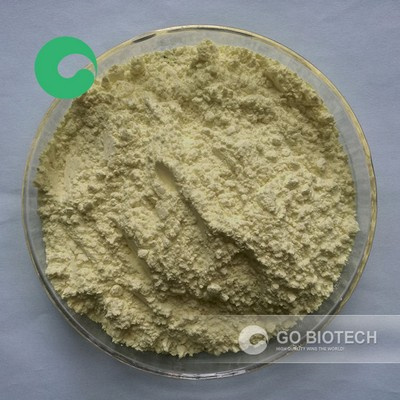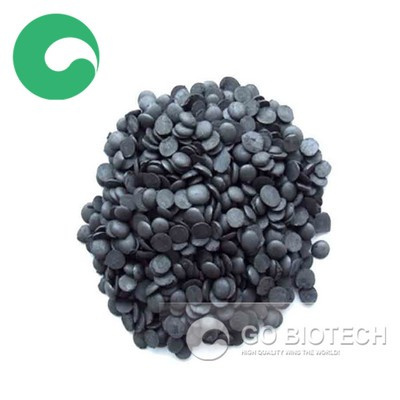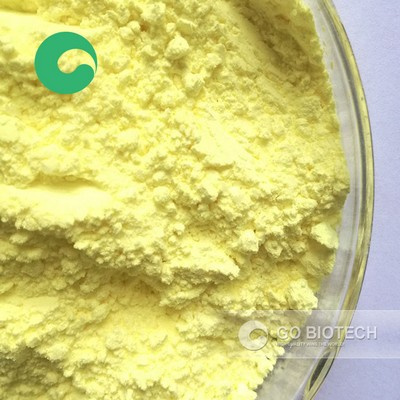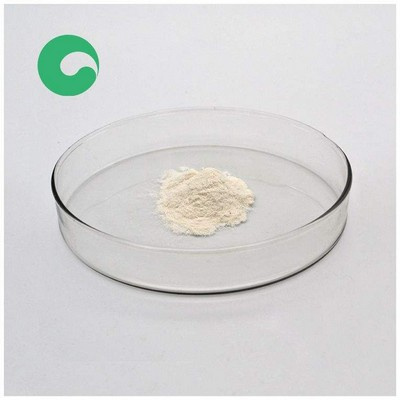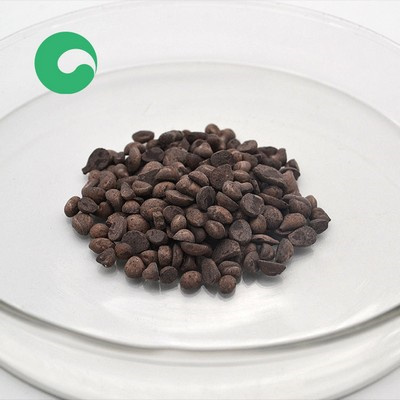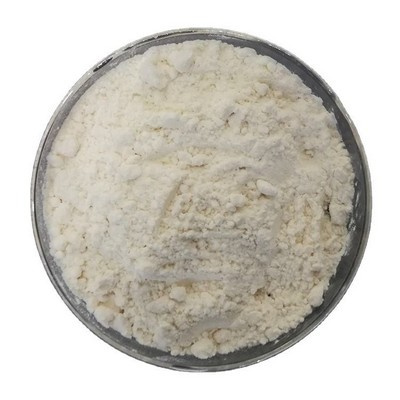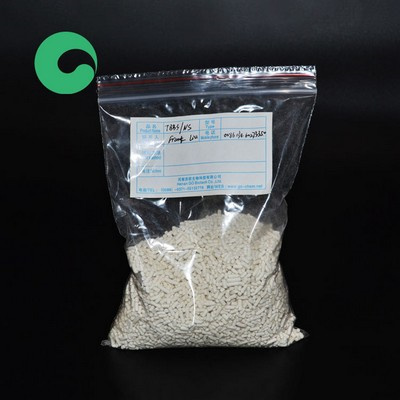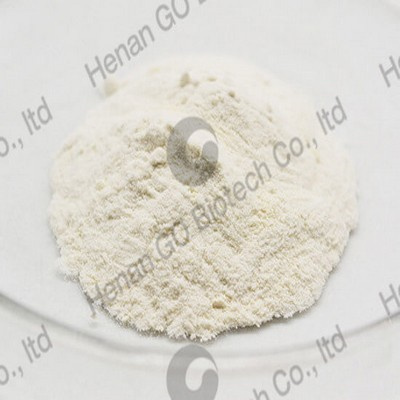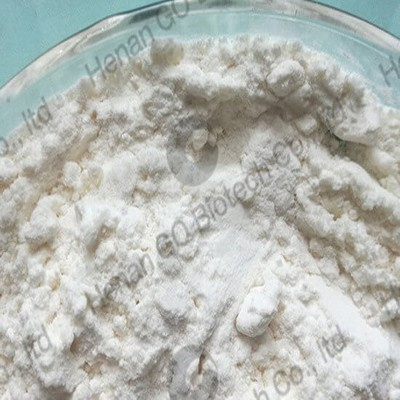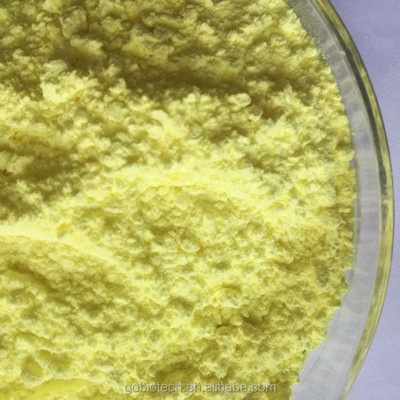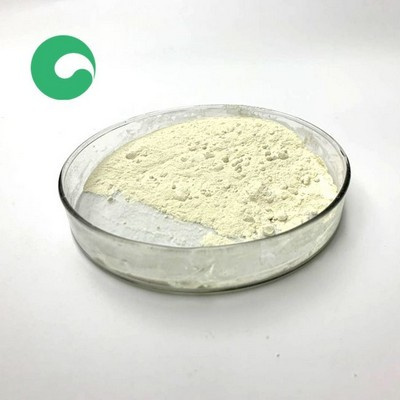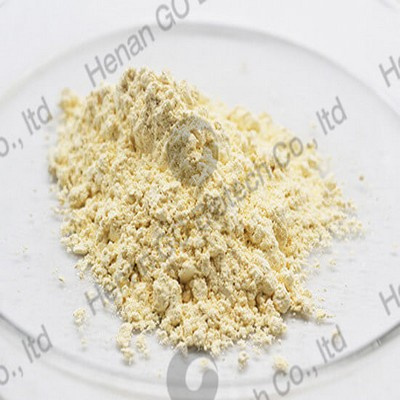rubber antioxidant zmti(mmbz) with fast delivery in South
China Pre-Dispersed Rubber Chemicals, Rubber Vulcanized Accelerator, Rubber Activator Manufacturers. Non staining antioxidant ZMMBI MMBZ ZMTI DESCRIPTION 2 Mercaptomethylbenzimidazole C16H16N4S2Zn M W 391 38 CAS No 061617 00 3 EINECS No 220 189 5 Items Specification High powder 1st powder Appearance White powder Grey
Premium ESD textured two layer matting consisting of a static dissipative Layer (1mm) made up of styrene butadiene rubber (SBR), and a nitrile-butadiene Rubber (NBR), and natural rubber conductive layer (1mm) made up of a super-conductive carbon black, anti-static agent, antioxidant, and zinc oxide.
high purity rubber antioxidant mmbz for didtributors
Mmbz Rubber Antioxidant Buy Antioxidant,Rubber Antioxidant. This product is one of non-polluting antioxidant species.It is similar with antioxidant MBZ in performance.Used as natural rubber, styrene-butadiene rubber,nitrile butadiene rubber,butyl rubber and synthetic rubber,thermal aging effect is obvious,usually combination used with amine and phenolic
RUBBER ANTIOXIDANT ANTI DEGRADANT MMBZ(ZMTI) -Henan GO. Properties: The product is gray white powder,non-toxic,odorless but taste bittter.storage stability.. Applications: This product is one of non-polluting antioxidant species.It is similar with antioxidant MBZ in performance.Used as natural rubber, styrene-butadiene rubber,nitrile
using for car industry rubber antioxidant zmti(mmbz
RUBBER ANTIOXIDANT ANTI DEGRADANT MMBZ(ZMTI) -Henan GO. Applications: This product is one of non-polluting antioxidant species.It is similar with antioxidant MBZ in performance.Used as natural rubber, styrene-butadiene rubber,nitrile butadiene rubber,butyl rubber and synthetic rubber,thermal aging effect is obvious,usually combination used with
Antioxidants. Antioxidants are typically added during rubber compounding to prevent discoloration and loss of physical properties. Dover Chemical has grown into a leading producer of antioxidants by continuing to identify and meet market needs of product consistency, high purity, and fast response time.
rubber antioxidant zmti(mmbz) for malaysia markets
Non-staining Antioxidant ZMMBI(MMBZ,ZMTI) Powder Rubber. Looking for ideal ZMMBI MMBZ Powder CAS No 061617-00-3 Manufacturer & supplier ? We have a wide selection at great prices to help you get creative. All the Rubber antioxidant ZMMBI MMBZ Powder are quality guaranteed. We are China Origin Factory of Rubber Anti-aging Agent for Curing ZMMBI.
Mmbz Rubber Antioxidant Buy Antioxidant,Rubber Antioxidant. This product is one of non-polluting antioxidant species.It is similar with antioxidant MBZ in performance.Used as natural rubber, styrene-butadiene rubber,nitrile butadiene rubber,butyl rubber and synthetic rubber,thermal aging effect is obvious,usually combination used with amine and phenolic
Antioxidants & Antidegradants Nocil
Acrylo Nitrile Butadiene Rubber ( NBR ) Cross linking ( Harden ) (PPDs) offer excellent protection to rubber vulcanizates as Antioxidants, Antiozonants &. Antiflexcracking agent. EFFECT OF OZONE: • Longer wave length UV light photolyzes Nitrogen Dioxide to
RUBBER ANTIOXIDANT ANTI DEGRADANT MMBZ(ZMTI) -Henan GO. Applications: This product is one of non-polluting antioxidant species.It is similar with antioxidant MBZ in performance.Used as natural rubber, styrene-butadiene rubber,nitrile butadiene rubber,butyl rubber and synthetic rubber,thermal aging effect is obvious,usually combination used with
- Which antioxidants are used in rubber vulcanization?
- The amine and phenolic antioxidants are the most widely used rubber antioxidants (Fig. 1b and c). Generally, the phenolic antioxidants have poor antioxidative efficiency (compared to amine antioxidants) and they can delay vulcanization, but they cause little discoloration problems.
- What are the future trends of rubber antioxidants?
- The perspectives on the future trends of rubber antioxidants have been presented. Elastomers, especially diene-rubbers containing unsaturated double carbon bonds in the main chains, are vulnerable to thermal/oxygen aging, which would make the elastomers less elastic and result in earlier failure of the elastomer products.
- Are rubber antioxidants harmful?
- As shown in Table 1, many commonly used rubber antioxidants are damaging to human health and the environment. For example, the antioxidant MB (2-mercaptobenzimidazole), which is widely used in the manufacture of light-colored rubber products, is harmful to aquatic organisms and has a continuous effect.
- Are rubber antioxidants a rational design?
- The development of medical antioxidants also inspires the rational design of rubber antioxidants. Recently, Sun, et al. synthesized a novel antioxidant (APPT) containing aromatic amine, thiourea and allyl groups by the reaction between N-phenyl-p-phenylenediamine and allyl isothiocyanate (Fig. 3 b) .
- How does rubber antioxidant work?
- To prolong the service life of rubber composites by retarding their aging processes, rubber antioxidant initially relies on the use of a coating, such as paraffin, and coal tar, to physically isolate oxygen, but this protective layer would quickly lose the utility due to wear.
- Is MBZ 445 a good antioxidant for EPDM?
- In the thermal-aging testing, the retention of elongation at break for the rubber sample with combined antioxidants (MBZ:445=2:1) is superior to that of other samples (Fig. 2 c), demonstrating the synergistic antioxidative effects between MBZ and 445 for EPDM.

